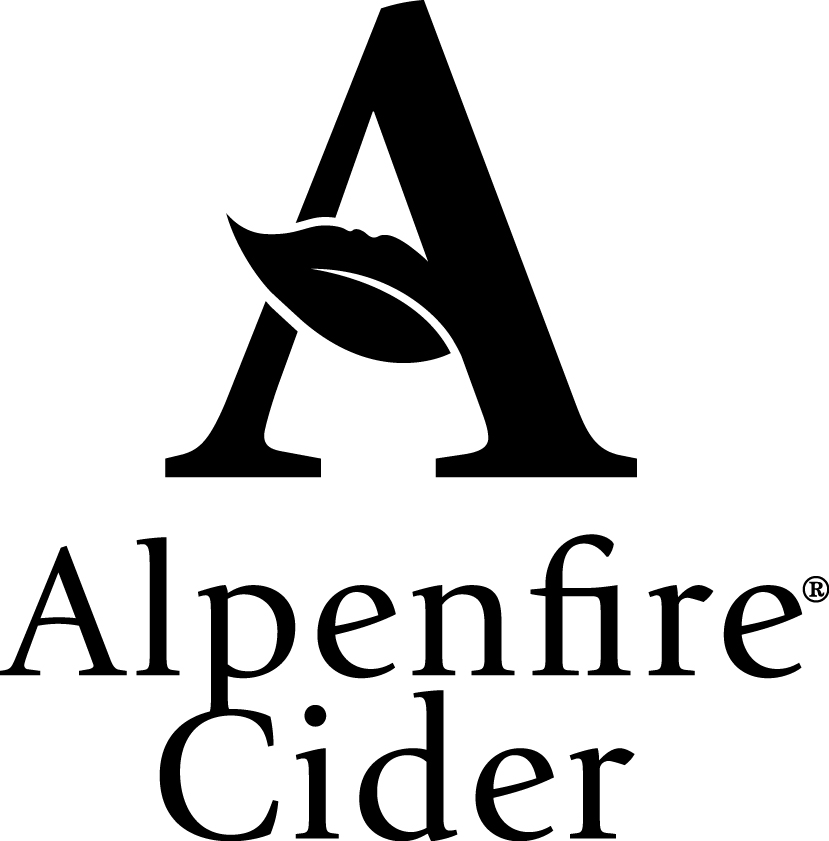L' air est l'ennemi mortel du cidre
Our organic cider apples are handpicked by family & friends at our annual harvest party. Our 2 acre trellised orchard makes a fairly easy afternoon work for 35 or 40 people.
We start with our early season bittersharp apples in mid to late October and often don't finish until the second week of November with our late season bittersweets. The apples are collected and left in bins in the orchard to "sweat" for several weeks to soften and concentrate flavors.
The apples are then hand sorted, pre-washed and rolled into the basin of our centrifuge chopper where they are washed one last time. The chopped apples, or pomace, is layered into our rack and cloth press. This traditional style of press retrieves the most juice, extracting between 60-80 gallons per bin.
The juice is then pumped to stainless tanks or oak barrels for the primary fermentation. Depending on the style of cider we are after, the wild yeast is encouraged or suppressed by pitching a more aggressive cultured yeast. Our cider house is set in the woods and even in the summer rarely gets over 60 degrees. It is perfect for the slow, cold fermentation that is necessary for cider to develop its best characteristics.
After primary fermentation, the cider is left to mature for up to eight months in stainless, oak, or a mixture of the two. During this period we are still hard at work racking the cider off its lees a minimum three times, this provides us with a pretty stable cider to work with. We are also running tests, sampling, and checking tanks constantly; any outside air pressure or temperature change can affect a tank or barrel in an orchard based cidery. We are also deciding how this cider will be finished, taking into account the tannins, sugars, acids, and aromas needed to make a balanced cider. The cider may be a small batch single varietal still product, a beautiful bottle conditioned semi-dry cider, or a forced carbonated draft style cider.
After fermentation and maturation, the final step is packaging our cider. One person is hand unloading the pallet of bottles and pre-rinsing them, one sparging and filling and another capping and boxing. Labeling, pasteurizing, disgorging, putting on capsules come later depending on the product.

